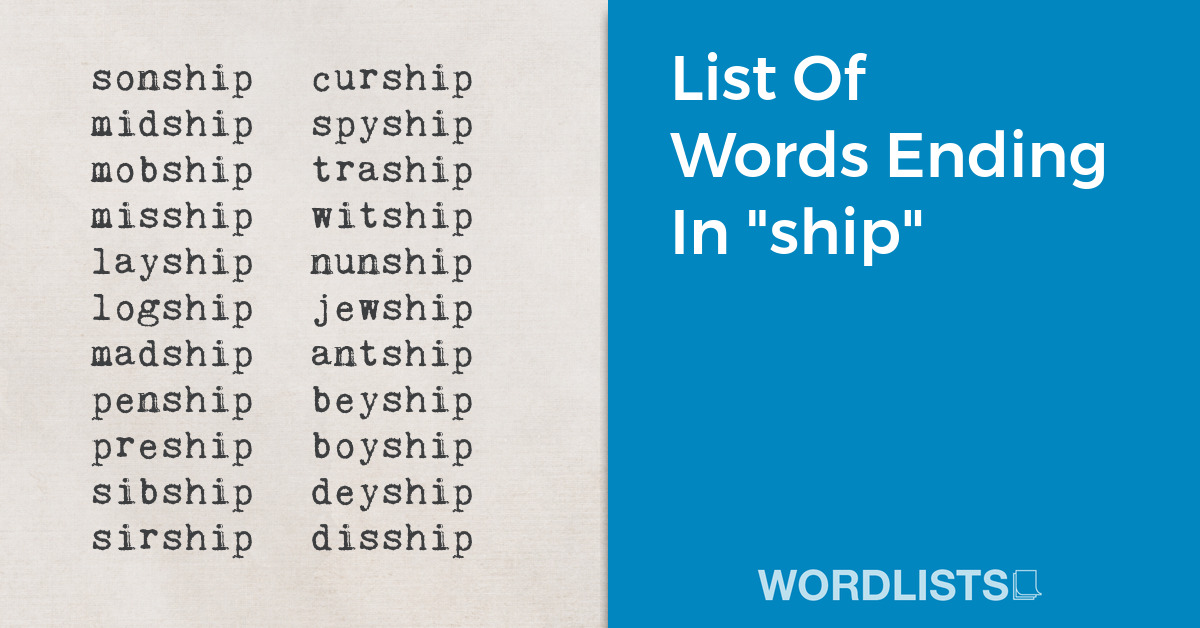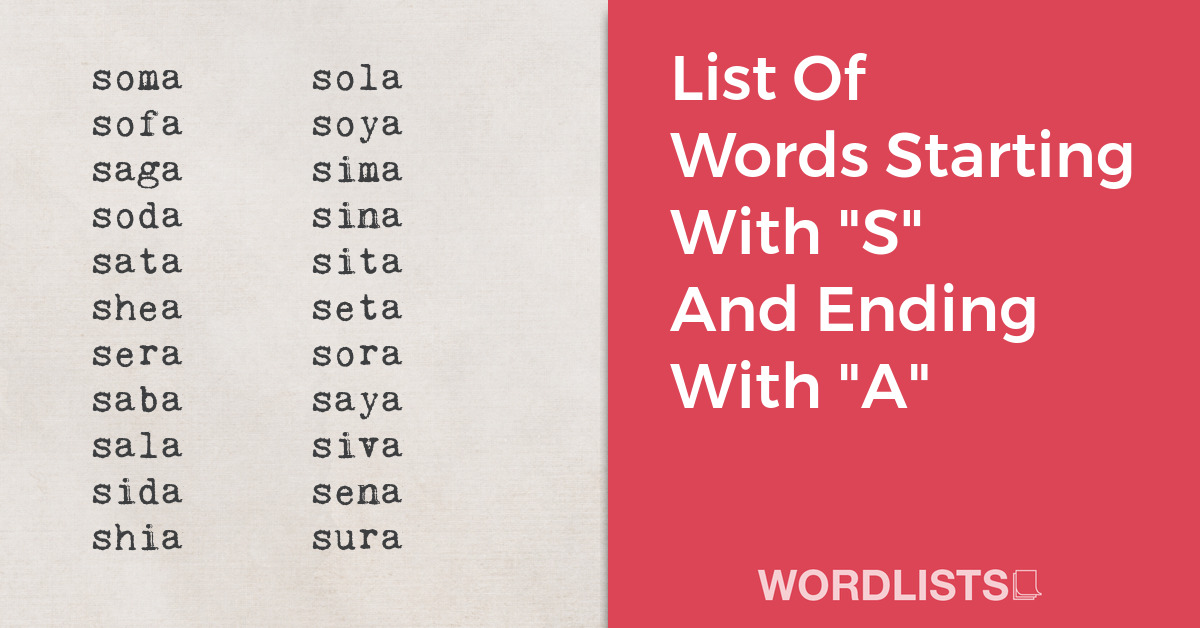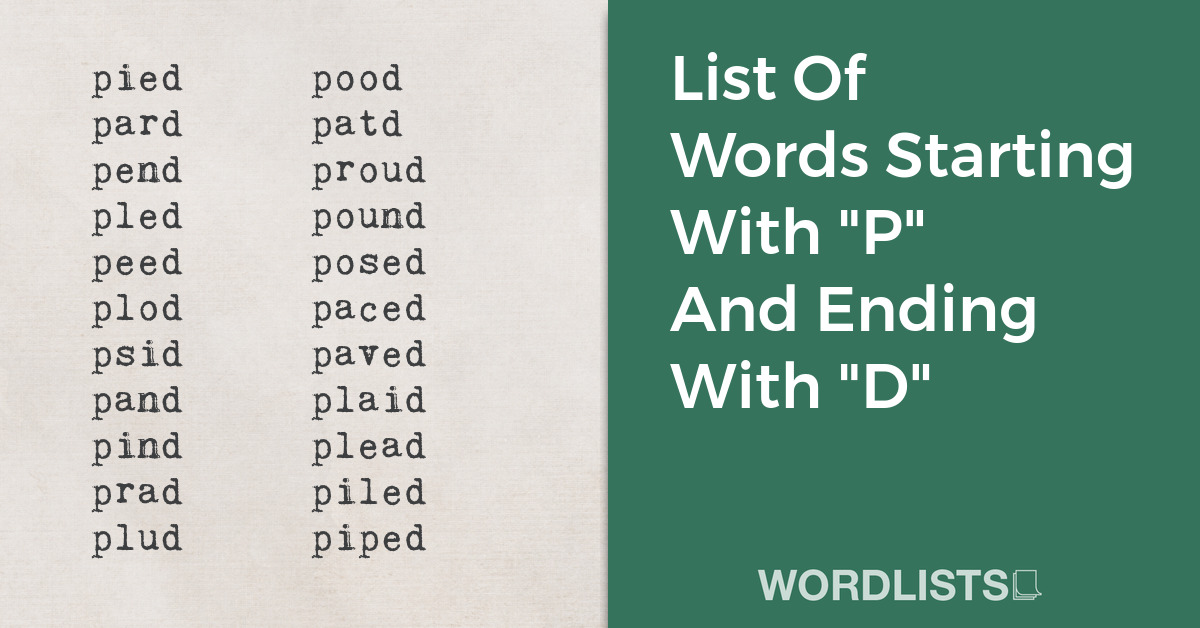Music is a universal language that has the power to bring people together and evoke a wide range of emotions. From classical to pop, rock to hip-hop, there are many different genres and styles of music to discover and enjoy.
There are also many words associated with music that help us describe and understand this art form. From terms for different types of musical instruments and compositions to words that describe the feelings and experiences that music can evoke, this list of 50 words will give you a greater appreciation for the role that music plays in our lives.

Subscribe to our mailing list to receive FREE exclusive content and offers!
50 Words Associated With Music Meanings
Melody: The sequence of single notes that form a musical phrase or tune. The melody is often the most recognizable part of a song and is usually what people sing or hum.
Rhythm: The pattern of regular or irregular pulses caused in music by the occurrence of strong and weak melodic and harmonic beats.
Harmony: The combination of simultaneously sounded musical notes to produce a pleasing effect, or the structure of music with respect to the composition and progression of chords.
Tone: The quality of a musical sound in terms of its pitch and strength. It can also refer to the overall mood or emotional quality of a piece of music.
Pitch: The perceived frequency of a sound or note. The pitch of a note determines how high or low it sounds.
Key: The group of pitches, or scale, that forms the basis of a music composition in classical, Western art, and Western pop music.
Song: A short musical composition with lyrics typically intended to be sung by the human voice.
Lyrics: The words of a song, often conveying a story or a message.
Composer: An individual who writes music, especially classical music in any form, including symphonies and chamber music.
Singer: A person who sings, or produces musical sounds with the voice, often professionally.
Musician: A person who plays a musical instrument, especially as a profession, or is musically talented.
Band: A group of musicians who perform music together, often with a variety of instruments.
Orchestra: A large ensemble of musicians who play together on various instruments, usually including strings, woodwinds, brass instruments, and percussion instruments.
Conductor: An individual who directs the performance of an orchestra or choir, controlling the tempo, ensuring correct entries by various members of the ensemble, and shaping the phrasing where appropriate.
Opera: A form of theatre in which music has a leading role and the parts are taken by singers, typically offering both singing and spoken dialogue.
Ballet: A type of performance dance that originated during the Italian Renaissance in the fifteenth century and later developed into a concert dance form in France and Russia.
Jazz: A music genre that originated in the African-American communities of New Orleans, United States, characterized by complex, syncopated rhythms and improvisation.
Blues: A music genre and musical form which was originated in the Deep South of the United States around the 1870s by African-Americans.
Rock: A genre of popular music that originated as “rock and roll” in the United States in the early 1950s, characterized by a heavy use of electric guitars, a strong rhythm, and often aggressive vocals.
Pop: Short for popular music, pop is a genre that produces the most widely known and frequently heard songs, appealing to a broad audience.
Hip hop: A music genre and culture that was developed in the Bronx in New York City in the late 1970s, characterized by rap music, break dancing, graffiti, and DJing.
Rap: A music genre where the artist speaks rhythmically and in rhyme, often to a beat. It’s a primary component of hip hop culture.
Country: A genre of popular music that originated with blues, old-time music, and various types of American folk music including Appalachian, Cajun, and the cowboy Western music styles of New Mexico, Texas, and the Mexican border.
Folk: Traditional music that originates from the communities of common people, often passed down orally through generations.
Classical: A genre of music that is typically composed in a very structured manner, often using traditional, established forms and complexity, typically for orchestra or string quartet. It includes symphonies, operas, sonatas, chamber music, and choral works.
Electronic: A genre of music that employs electronic musical instruments, digital instruments, or circuitry-based music technology in its production.
Techno: A form of electronic dance music that emerged in Detroit, Michigan, in the United States in the mid-to-late 1980s.
House: A genre of electronic dance music characterized by a repetitive four on the floor beat and a tempo of 120 to 130 beats per minute. It was created by DJs and music producers from Chicago’s underground club culture in the 1980s.
Dubstep: A genre of electronic dance music that originated in South London, England. It’s generally characterized by sparse, syncopated rhythmic patterns with prominent sub-bass frequencies.
Trance: A genre of electronic music that emerged from the British new-age music scene and the early 1990s German techno and hardcore scenes.
Reggae: A music genre that originated in Jamaica in the late 1960s. It’s noted for its rhythm, chopped chords played by a rhythm guitar, and its socially conscious lyrics.
Salsa: A popular form of social dance originating from Cuban folk dances. The movements of Salsa are a combination of the Afro-Cuban dances Son, cha-cha-cha, Mambo, Rumba, and the Danzón.
Mambo: A genre of Cuban dance music that combines elements of jazz with Afro-Cuban rhythms. It was developed in the 1930s and 1940s.
Tango: A partner dance and genre of music that originated in the 1880s along the Río de la Plata, the natural border between Argentina and Uruguay. It’s known for its passionate and dramatic movements.
Waltz: A dance performed in triple time, typically by a couple, as well as the music written for this dance. It originated in the 17th century.
Foxtrot: A smooth, progressive dance characterized by long, continuous flowing movements across the dance floor, along with the music composed in the same rhythm.
Rumba: A genre of ballroom music and dance that appeared in the East Coast of the United States during the 1930s. It combines American big band music with Afro-Cuban rhythms.
Cha cha: A dance of Cuban origin, named after the sound of the dancers’ shoes as they shuffle on the floor. It’s also associated with a genre of music played in a lively tempo.
Sway: A movement where the body or a body part, such as the hips in dance, moves from side to side in a rhythmic manner often to music.
Groove: The sense of propulsive rhythmic “feel” or sense of “swing” in a musical performance.
Beat: The basic unit of time in music, the pulse of the mensural level. It can also refer to the rhythm listeners would tap their toes to when listening to a piece of music.
Tempo: The speed or pace of a given piece of music, often measured in beats per minute (BPM). It’s a crucial element of music, affecting the overall mood and energy of a song.
Cadence: The sequence of notes or chords that brings a musical phrase to a conclusion. It’s often thought of as the “punctuation” at the end of a musical sentence.
Chorus: The part of a song that is repeated after each verse, usually incorporating the song’s main theme or catchiest elements.
Verse: A section of a song, consisting of a melody and accompanying lyrics, which often tells a part of the story or theme of the song.
Bridge: A contrasting section of a song that prepares for the return of the original material section. It provides a departure from the verse and chorus sections, offering musical and lyrical variety.
Refrain: A line or lines that are repeated in music or in verse, often at the end of each verse.
Harmonica: A small musical instrument that is played with the mouth, producing sound by exhaling or inhaling air through various holes along a set of metal reeds.
Guitar: A musical instrument with six strings that are plucked or strummed. The sound is produced by the vibration of the strings, which resonates within the hollow body.
Piano: A large keyboard musical instrument with a wooden case enclosing a soundboard and metal strings, which are struck by hammers when the keys are depressed. The strings’ vibration is stopped by dampers when the keys are released, and it can be regulated for length and volume.







